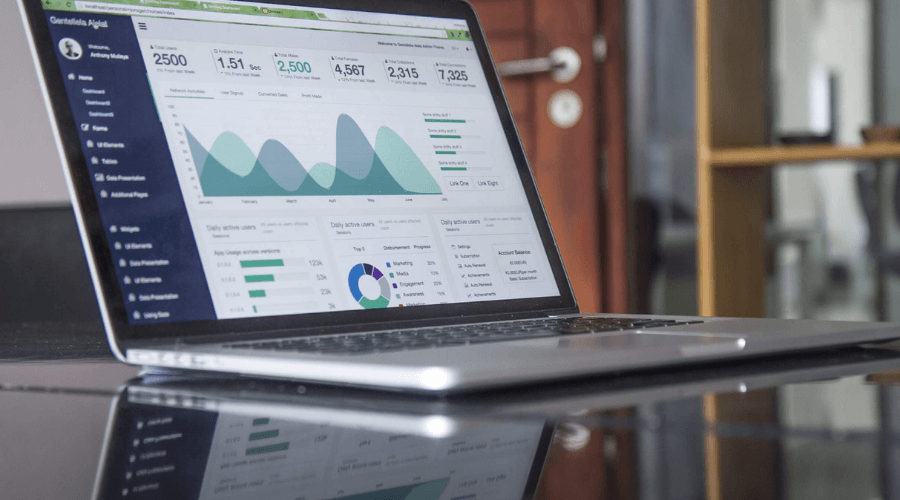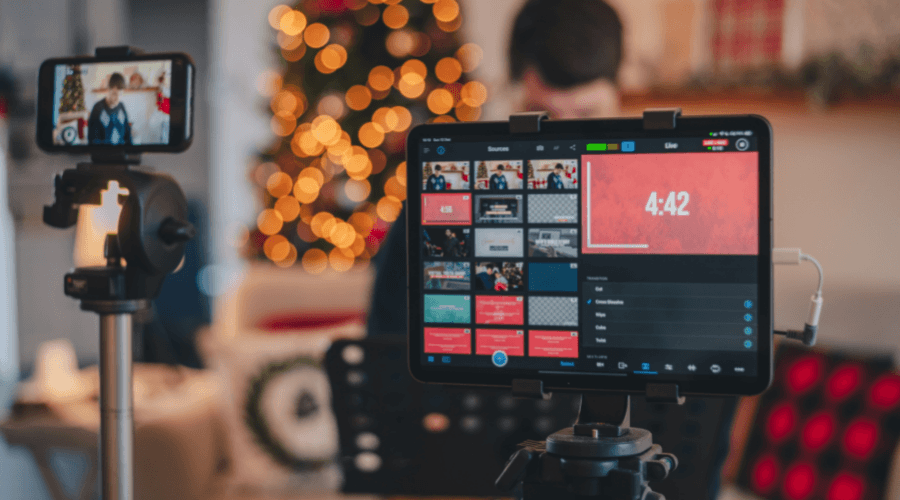The consumer packaged goods (CPG) industry has evolved rapidly to meet consumer demand, especially during the pandemic.
CPG Retail Trends
1. The rise of connected packaging
The Covid-19 pandemic posed an unprecedented challenge to the consumer industry.
The lock-downs and retail closure amplified the competition for grabbing and keeping shopper attention. CPG brands had to come up with ways of connecting with consumers directly in the world of on-demand experiences and e-commerce.
In addition, regulatory and consumer demand for transparency has become a necessity, adding complexity to the supply chain.
One of the ways CPG brands are trying to gain more control over their relationships with consumers is through connected packaging, which leverages serialized QR codes to help shoppers access all the information regarding the product.
Some of the ways brands are using serialized QR codes include:
- Delivering critical and urgent information such as product recall information to customers on time
- Collecting data such as who are their buyers, where do they buy, when do they buy, the amount they buy, how often they buy, and other critical data
- Product validation, which helps the consumer to differentiate counterfeits from the original product.
- Product transparency to help inform consumers how the product is made and which ingredients they contain
- Personalizing consumer engagement, through which brands can deliver messages directly to consumers without incurring advertising costs. They can introduce new products, communicate promotions, deliver coupons and offer special deals.
2. Data science and predictive analytics
Analytics and big data have become a must. Due to increasing competition in the CPG marketplace, decision-makers must consistently answer the following questions, among others.
- Who is buying our products?
- Which products are in greatest demand?
- Why is the demand for some products declining?
- Which marketing channels can help boost our customer base?
- Which discounts and special offers resonate with online visitors?
Fortunately, current technology can help brands gather the enormous quantities of data generated by the CPG industry.
Companies such as BOARD, Tableau Software, and Web Focus, are some of the many predictive analytics tools retailers and CPG companies are turning to. For a review of predictive analytics, check out this article by SelectHub.
With the help of AI and advanced analytical tools, business leaders can measure and understand market behavior in real-time and make decisions that will improve their brand value and increase sales.
3. Increasing importance of direct to customer (DTC)
According to a study by CPG sales and marketing firm Acosta, online groceries shoppers increased by 45% during the pandemic.
A growing number of CPG companies are now shifting to the DTC (Direct-To-Consumer) e-commerce model to keep up with the changing consumer demand, bypassing retailers in the process.
Previously, brands spent on average 24% of their revenue on marketing. Image advertising was the go-to marketing approach, but brands had zero visibility into its impact on consumer behavior.
With DTC strategies, CPG brands have access to enough data to help them understand their consumers and create strategies that will make them more appealing.
DTC is opening an avenue for CPG brands to cultivate strong brand affinity and generate brand loyalty.
4. Labor shortage
According to a report by the CBA (Consumer Brand Association), the CPG industry is currently facing a labor shortage. Only 12,000 jobs were added to the industry in the second quarter of 2021.
The report also said that during the second quarter of 2021, CPG consumer levels had reached pre-covid levels, but there weren’t enough workers to keep up with the 8.1% growth in CPG demand recorded for Q2 of 2021.
At-home consumption still remains the biggest contributor to CPG demand and is expected to put pressure on the industry at a time when the supply chain is under strain.
The key players in the industry, such as consumer brand associations, are reaching out to government entities to propose new workforce initiatives to support advanced education on skilled trades, as well as proposing public-private jobs initiatives and education tax credits.
5. Live streaming for CPG marketing
Live Streaming in the ecommerce space – also referred to as live commerce – is a new and effective way brands are using to connect with consumers, and CPG providers are getting into the act.
For example, Maybelline has successfully used live commerce to drive $210,000 in sales in two hours, and baby formula startup Illume drove $176,000 during a 1 hour live event!
Advertisers are reconsidering how they approach their marketing efforts, and livestreaming is one of the ways they can create brand awareness, and increase sales.
6. The rise of startup CPG manufacturers
Startup CPG manufacturers have started challenging the big players in the industry, with small brands accounting for about 4.9% of CPG growth in 2020, while private-label products accounted for about 18% growth.
Private-label products and small CPG manufacturers accounted for more than 34% of the total CPG growth in 2020. In contrast, the market share of large players in the industry dropped 2.2% during the same period.
According to IRI, small manufacturers have been gaining market share from the large players, but the pace skyrocketed during the pandemic because large players were unable to keep up with demand. Smaller players benefited as a result.
7. Sustainability has become essential
According to a Hotwire survey, more than 47% of internet users say they would switch products if a brand went against their personal values, including protecting the environment, climate change, and transparency.
CPG brands are now focusing on using recyclable materials or disposable materials in the spirit of conserving the environment.
8. Emphasis on organic and natural ingredients
In recent years, individuals have become more concerned about living a healthy lifestyle. Consumer interest in healthy alternatives, such as natural and organic, has risen.
CPG companies are responding and have started positioning themselves to appeal to the health-conscious. A new emphasis on transparency in the use of ingredients and manufacturing process is designed to attract and maintain consumers who pay attention to the health benefits of the products they consume.
9. Flexible Packaging Begins to Hit Mainstream
Flexible packaging will see exponential growth from now until 2030. From a market size of $182 billion 2020 it is expected to reach $325.6 billion by 203, a CAGR growth of 6.2%, according to Allied Market Research.
Several characteristics of flexible packaging make it an ideal choice for CPG manufacturers, especially startup CPG brands:
- Environmentally friendly options, such as compostable, post-consumer recycled, and biodegradable flexible packaging
- Fast-turnaround and low minimum orders for the new type of digitally printed flexible packaging
- Beautiful design presentations that allow for brands to engage with consumers in new ways
- Resealable options that allow consumers to maintain freshness
For more information on the benefits of flexible packaging, click on the link to this article.
Conclusion
The market seems to be changing at an ever-accelerating pace. Any CPG company that wants to continue thriving must keep up with the trends.
What changes are you seeing? Contact us to let us know how we can help in your flexible packaging journey.


